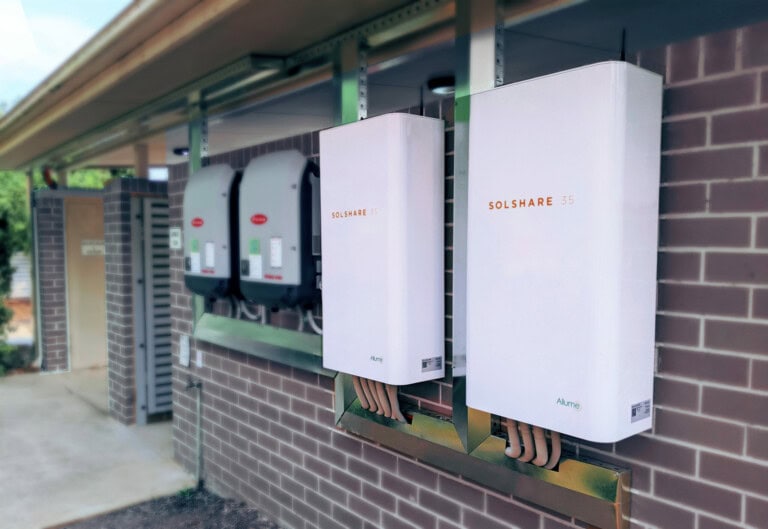Transparent Solar Photovoltaic Glazing

Problem Addressed
How to generate renewable energy through photovoltaics whilst maintaining aesthetic appeal and natural light filtration into buildlings.
Case Study
Several case studies can be found at https://polysolar.com/energy-projects. Polysolar have received positive feedback on numerous projects for example:
- A recent high street regeneration project reduced their environmental impact whilst also attracting back shoppers and lowering the council’s energy bills and CO2 emissions.
- A heritage project that need to cut down energy and emissions while not impacting the architectural aesthetics and heritage value of the building.
- An electric vehicle charging hub, which generated renewable energy from carpark canopies but also reduced the need for expensive upgrade to the grid through battery storage and EV chargers.
Facts and Figures
This page presents data, evidence, and solutions that are provided by our partners and members and should therefore not be attributed to UKGBC. While we showcase these solutions for inspiration, to build consensus, and create momentum for climate action, UKGBC does not offer commercial endorsement of individual solutions. If you would like to quote something from this page, or more information, please contact our Communications team at media@ukgbc.org.
Related
Solar blackout blinds and garage doors

Sharing rooftop solar to apartments

Mobile lithium power supply system

Smart Hot Water Cylinder

